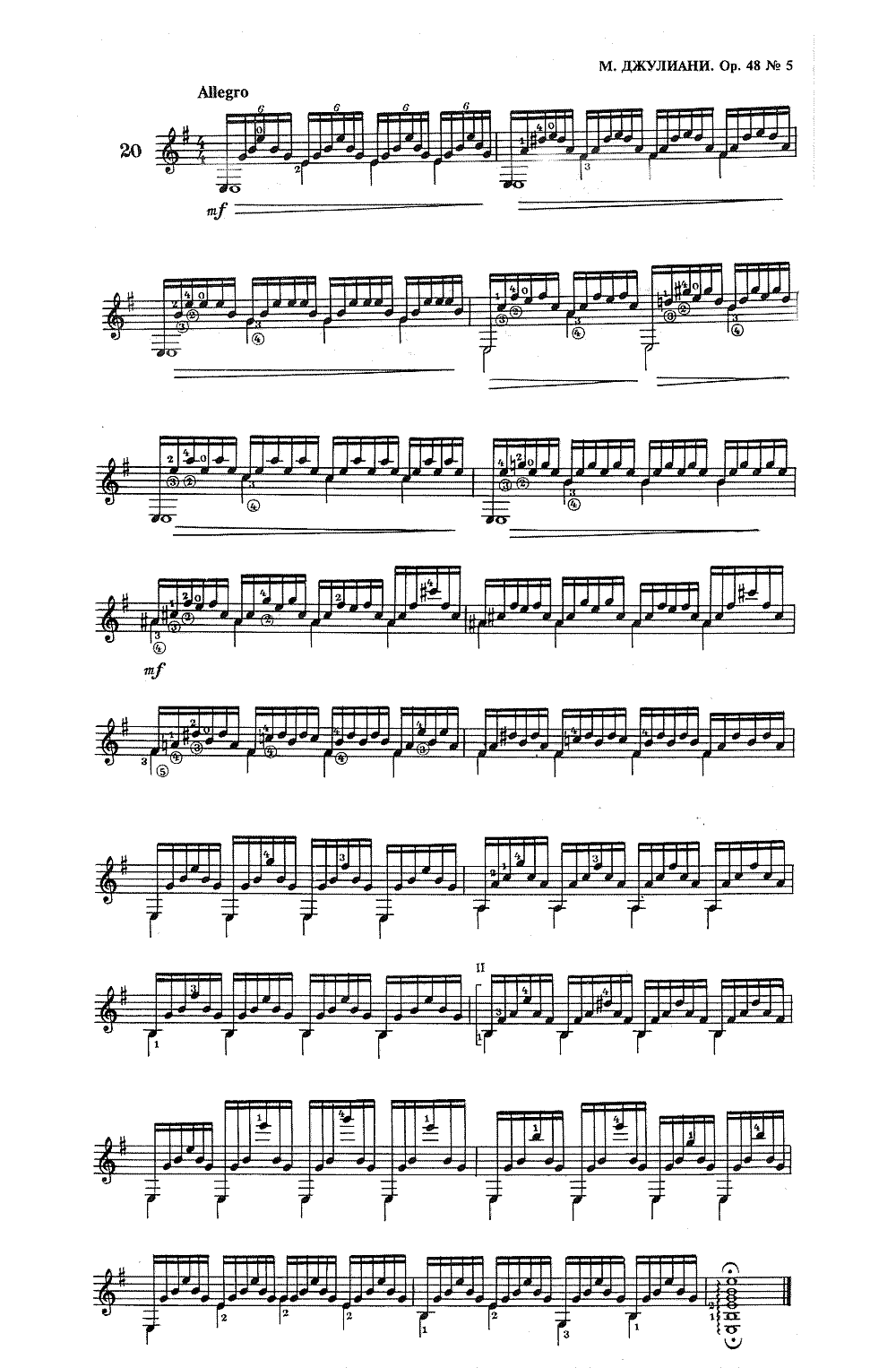Singer Sewing Machine Serial Numbers

Serial numbers on Singer sewing machines manufactured prior to 1900 are numbers only. After 1900, the machine serial numbers have a single or two-letter prefix. 
Singer Sewing Machine Company: A Brief History In the early 1850s, Isaac Merritt Singer inventing the first really practical sewing machine of the times. Instead of a circular shuttle movement and a horizontally angled needle, the Singer machine used a straight needle that worked vertically. This made it comparatively easy to use and inexpensive to produce, and 'Singer' rapidly became a household name in sewing. Over the following decades, Singer continued developing his improved sewing machine to include the following features: • A traverse shuttle • An eye-pointed straight needle • A presser foot • An overhanging arm • A support table • A slot for a roughened feed wheel • Gear operation • • Lock stitching Surging Popularity By 1863, the Singer Manufacturing Company held 22 patents and sold 20,000 sewing machines yearly. Within eight years, the yearly sales reached 180,000 sewing machines, which included their New Family machines released for sale in 1865. Introduction of Electric Motors As the leader of the sewing machine industry, the Singer Company introduced the first practical sewing machine powered by an electrical motor in 1889. Within two years, commercial sewing machines were being sold powered by electric motors.
By this time, the company also was producing commercial zigzag sewing machines. Important Singer Sewing Machines Singer sewing machines were constantly improved and updated.

Since the first machines were produced in the 1950s, thousands were sold to eager consumers. The beautiful cabinets, well-made machines, and practical improvements made Singer sewing machines a must for the average household. In fact, the quality of these early machines is so good that there are still many Singer treadle sewing machines in use today. 1851 The first Singer sewing machine was patented in 1851. It was the first rigid-arm model and included a table to support the cloth. A vertical presser foot kept the cloth in place during the upstroke of the needle.
Most importantly, the machine was the first to have a foot pedal instead of a hand crank. These were designed to be set up on the packing crate that they were shipped in. 1856 The was the first machine designed for home use.
It had a rocking treadle and a driving wheel. 1859 machine improved upon the Turtleback. The foot treadle was wider and easier to use. 1865 machine was released in 1865.  This machine had a lockstitch and an adjustable feed. It was black with a gold scroll design on the machine. 1867 Singer made a modification to the New Family machine with its 'Medium' sewing machine, released in 1867.
This machine had a lockstitch and an adjustable feed. It was black with a gold scroll design on the machine. 1867 Singer made a modification to the New Family machine with its 'Medium' sewing machine, released in 1867.
It had more room under the arm, which made it easier for the seamstress to manipulate large amounts of fabric. 1908 The model was a treadle machine. Later Class 66 models had a motor and numbered tension dial added.
The 66 is easily identified by the 'red eye' decals decorating it. 1921 Singer introduced the model 99 electric sewing machine. It was the first portable electric machine and included a bolted on electric light so that the work was easier to see. 1933 The Featherweight, model 221, was introduced at the Chicago World's Fair. This beautiful machine was black with a scrollwork faceplate and gold decals. It included a chrome-rimmed handwheel and a stitch regulator plate.